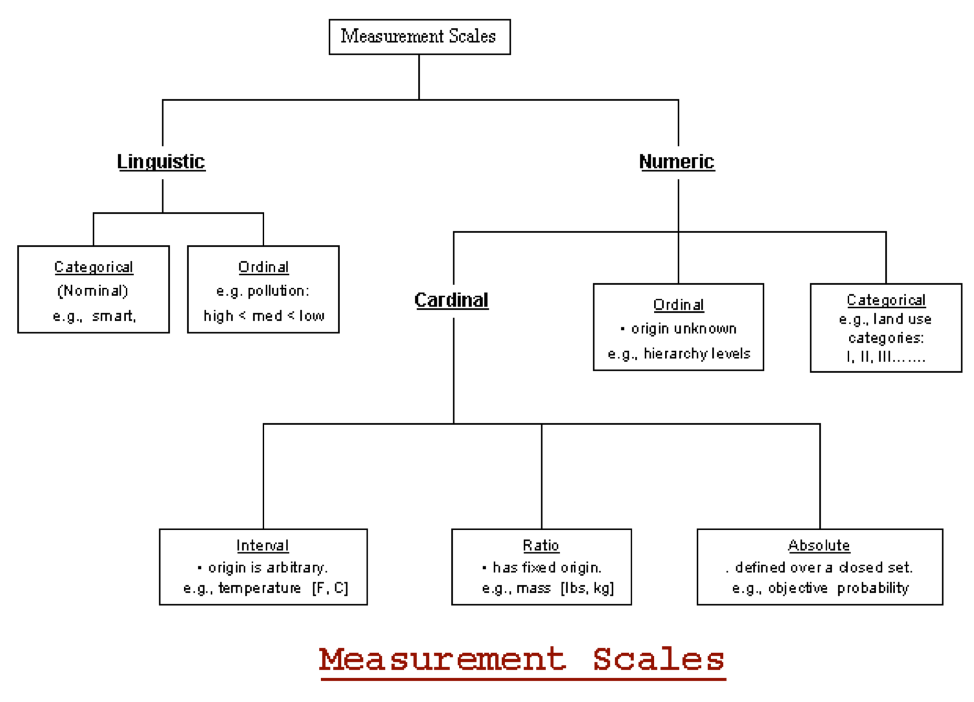Greetings to all in 2020! I am Jacqueline Craven, and as the Doctoral Program Coordinator and Associate Professor at Delta State University, one of my responsibilities is to evaluate the program for CAEP accreditation purposes. In doing so, the basic knowledge of the scales of measurement serves time and time again when designing, interpreting, and revising assessments. However, I’ve learned from my doctoral candidates that this knowledge isn’t ubiquitous as it should be so it shouldn’t be taken for granted.
Do you evaluate, train, or work with teachers, administrators, or even professors regarding assessment? If so, you already understand the importance of the scales of measurement, but can you say the same about your clients, educators, or colleagues? Often, non-educators (and more generally, professionals in any capacity) can overlook the importance of fundamentals. In evaluation, the scales of measurement are essential to sound assessment, yet may be lost in translation or altogether absent when it comes to working with others. After all, anyone already using assessments are supposed to know everything about what constitutes good assessment practices, right?
Knowing the strengths and weaknesses of the scales of measurement is necessary for good test construction and interpretation, but this information and its importance unfortunately differs across curriculum in education programs and in various disciplines. As a result, some handy resources for quick-reference can make a world of difference when attempting to educate others who use, design, and interpret assessments.
Rad Resource: For a clear description of the scales of measurement along with how they relate to statistics, see Stevens’ (1946) work: https://www.ocf.berkeley.edu/~jfkihlstrom/IntroductionWeb/statistics_supplement.htm
Rad Resource: Here’s a helpful (and brief!) video on the scales of measurement with clear examples. https://www.youtube.com/watch?v=xMxU5hh5HRM
Rad Resource: Check out this simple visual displaying the scales & how categorical & ordinal data can be classified as both Linguistic and Numeric:

The American Evaluation Association is celebrating Consortium for Research on Educational Assessment and Teaching (CREATE) week. The contributions all this week to aea365 come from members of CREATE. Do you have questions, concerns, kudos, or content to extend this aea365 contribution? Please add them in the comments section for this post on the aea365 webpage so that we may enrich our community of practice. Would you like to submit an aea365 Tip? Please send a note of interest to aea365@eval.org. aea365 is sponsored by the American Evaluation Association and provides a Tip-a-Day by and for evaluators.
